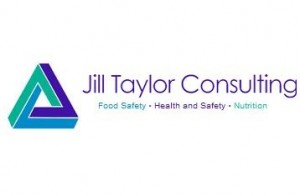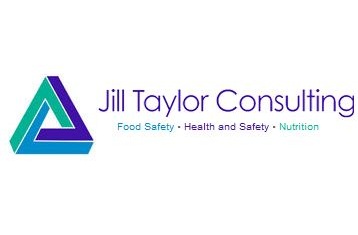From E. coli contaminated bean sprouts in Germany, to cantaloupe melons with Listeria in the USA, to preserved olives and cheeses with Botulism in France closely followed by warnings here in the UK of catching E coli from unwashed vegetables, there never seems to be a day go by without serious warnings of food poisoning issues somewhere in the world – and thats not even touching on the issues on the Asian continent which dominates my Google alerts with daily horror stories!! – By Jill Taylor
 |
| [relatedPosts title=”Related Posts”] |
|
|
In the UK alone it was estimated that stomach upsets cost in excess of 11 million working days last year, so there is little wonder that escalating concerns give rise to myths and confusion over how to keep your food and the people you feed, safe.
Myths travel quickly through the many informal media types we use daily but most have just enough science or, what seems, common sense to make them believable. There are many sources of good reliable information on food safety however to cut the search time I’m about to blow some of the common myths out of the water for you!
MYTH: “Use by” dates are really just a guide – you still have plenty of time after they’ve passed.
All high risk foods only have one important date mark, and that is the “use by” date – forget the Sell before or Display until etc, these are purely part of the shop’s stock control system. Use by foods must be consumed or thrown away by midnight on the date marked. All food, especially raw and cooked foods that are stored in the fridge, can have small amounts of bacteria present. The fridge slows down the growth process, but does not stop it – the date stamp indicates the last day that the manufacturer is prepared to guarantee the safety of the food. If you eat food past that date – it could have much larger numbers of dangerous bacteria present & could make you ill. Wouldn’t you rather be safe than sorry?
MYTH: The more anti-bacterial spray I use – the safer my kitchen will be!
First and foremost your kitchen has to be clean – that is cleaned with hot water and detergent to remove food debris, grease and grime because that is what the bacteria will live on. If you don’t clean your kitchen first, you can squirt as much anti-bacterial spray around as you like – it won’t make it safer! Get cleaning and then just add a little anti-bac to the most risky parts like chopping boards, work surfaces, and the things you sometimes touch with dirty hands, but always follow the instructions!
MYTH: Vinegar or lemon or salt will clean and sanitise a chopping board.
Nope – sorry, no scientific evidence for this one. Chopping boards should be either washed in the dishwasher, which will also disinfect them with hot water, or wash in the sink with hot water and detergent (washing-up liquid) then disinfect with kitchen (food safe) anti-bacterial spray or wipes and allow to air dry.
MYTH: If I rinse raw chicken under the tap it will wash off bacteria such as salmonella etc.
Nope – this won’t work either! In fact it could cause more harm than good as splashing water contaminated with raw chicken and blood around the sink and tap area is actually spreading the risk of the very bacteria you think you are getting rid of. The best method is just to pat dry any excess liquid or blood with kitchen towel, and dispose of it, then cook the chicken without washing at all – it’s the cooking process that will kill any bacteria that may be present.
That’s it for this week – if you have any myths you want busting, please feel free to add your comments & I will do my best – otherwise feel free to e mail me with questions or queries.
I’m off to search for some more myths to bust!
Article by Jill Taylor of Jill Taylor Consulting





